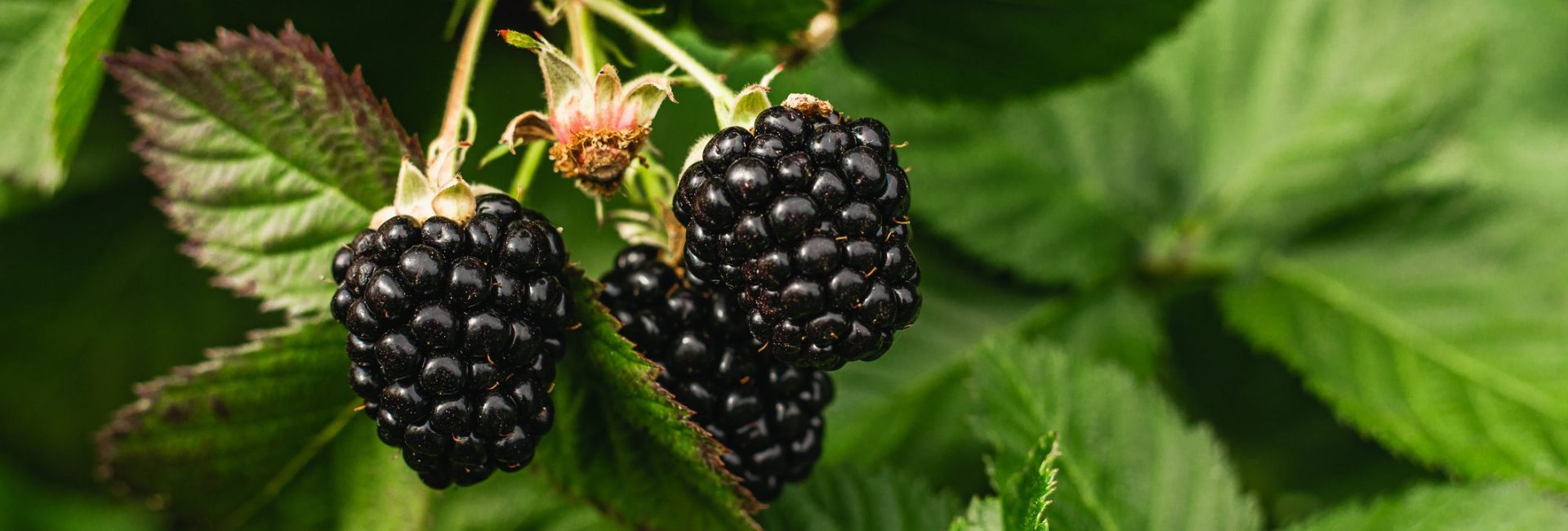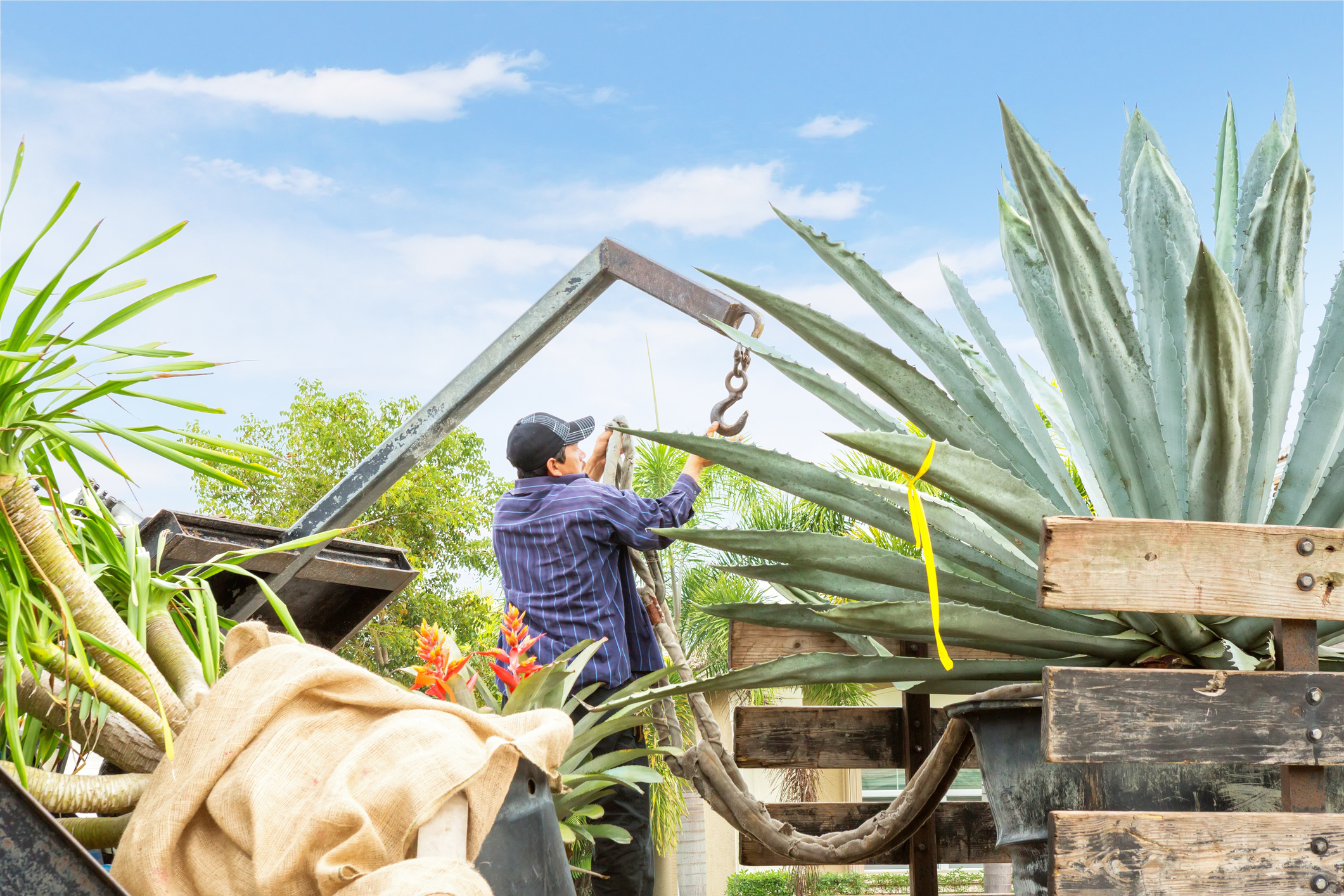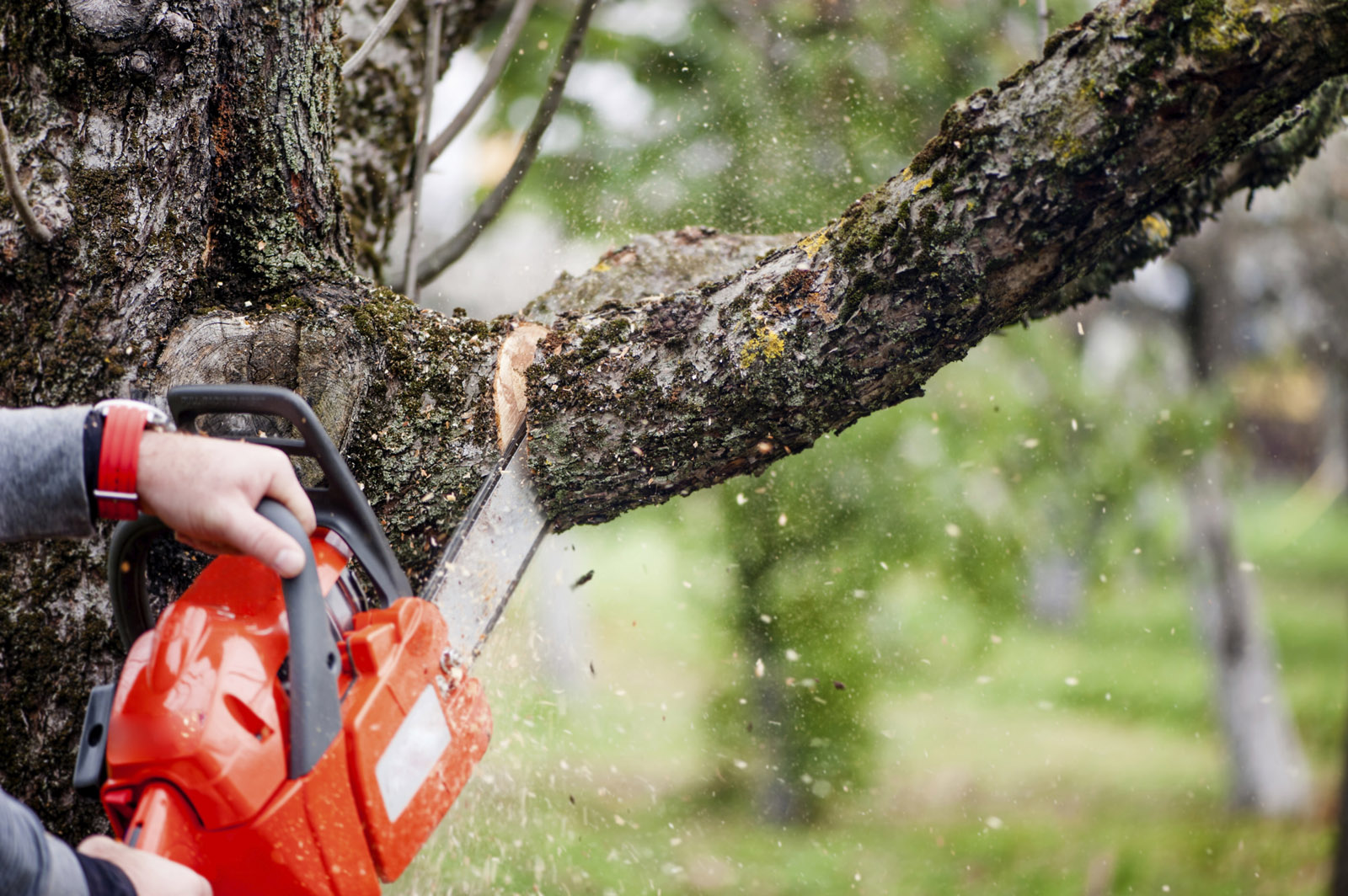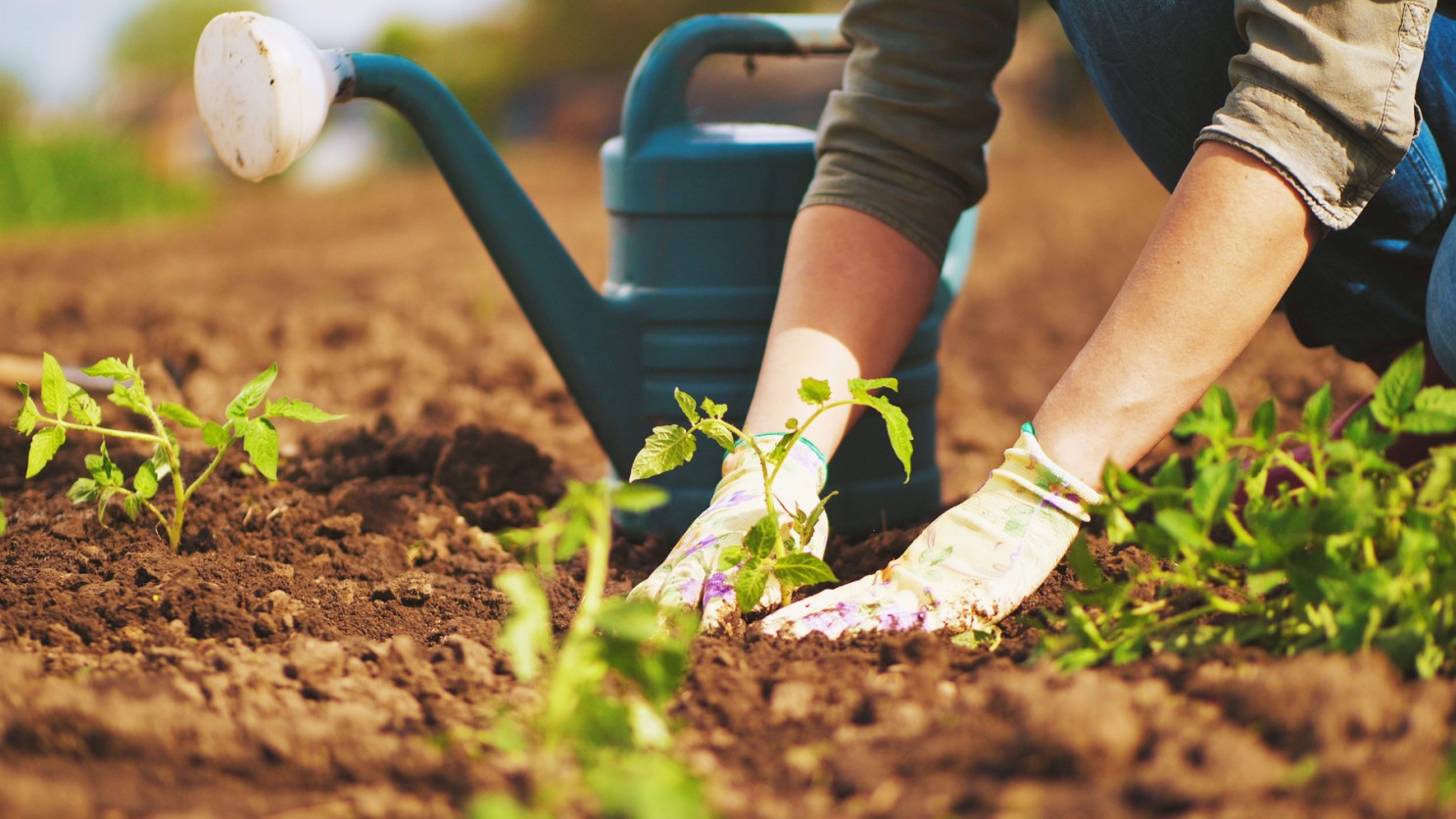Blackberries are a delightful and versatile fruit that can be enjoyed fresh, in desserts, or even made into jams and jellies. With their sweet-tart flavor and numerous health benefits, it’s no wonder that many gardening enthusiasts choose to grow blackberries in their own backyard. Whether you’re a seasoned gardener or an amateur, this comprehensive guide will walk you through the process of planting and caring for blackberries, helping you cultivate a bountiful harvest of these delicious berries.
Choosing the Right Variety
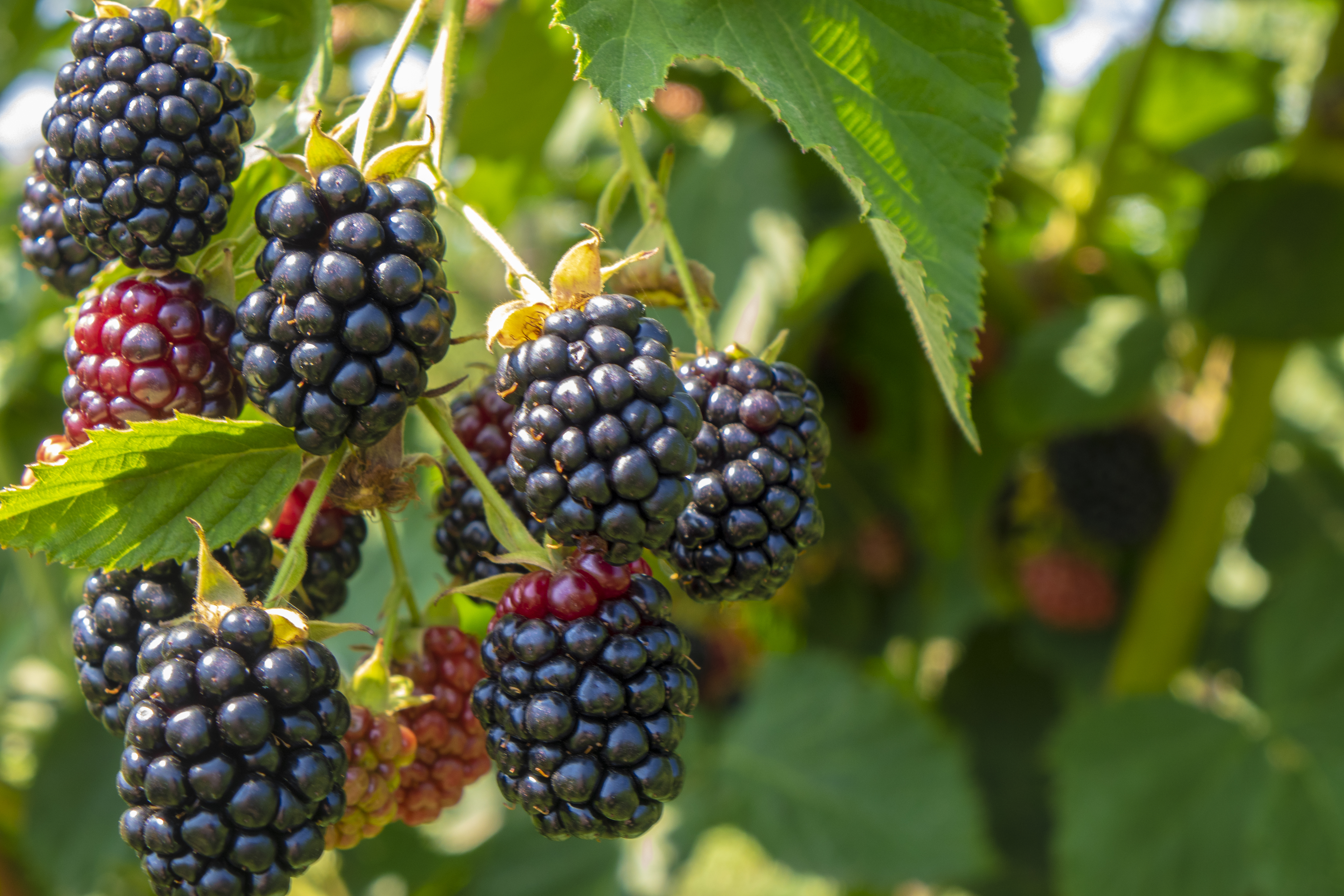 Before you start planting, it’s essential to choose the right blackberry variety for your location and climate. Blackberries come in two main types: erect and trailing. Erect blackberries have sturdy canes that grow upright, making them suitable for smaller spaces and easier to manage. Trailing blackberries, on the other hand, have long canes that require trellising or support systems.
Before you start planting, it’s essential to choose the right blackberry variety for your location and climate. Blackberries come in two main types: erect and trailing. Erect blackberries have sturdy canes that grow upright, making them suitable for smaller spaces and easier to manage. Trailing blackberries, on the other hand, have long canes that require trellising or support systems.
Consider factors such as your climate, available space, and personal preferences when selecting a blackberry variety. Popular choices include ‘Apache,’ ‘Triple Crown,’ ‘Chester,’ and ‘Marion.’ Research different varieties and consult with local nurseries or gardening experts to determine the best options for your specific conditions.
Site Selection and Preparation
Blackberries flourish in full sun, so plant them in an area of your garden that receives at least six to eight hours of direct sunshine every day. The soil should be well-drained and organically rich. Remove weeds, pebbles, and rubbish from the soil before planting. Improve soil fertility and drainage by using compost or well-rotted manure.
Planting the Blackberries
When the soil is suitable, blackberries are often planted in early spring or late fall. Begin by excavating a hole large enough to accommodate the blackberry plant’s root system. Insert the plant into the hole, making sure the crown is level with or slightly higher than the soil surface. Backfill the hole gently, firming the dirt around the plant.
If you’re planting multiple blackberry plants, space them approximately three to four feet apart in rows that are six to eight feet apart. This spacing allows for adequate air circulation and facilitates harvesting.
Providing Adequate Support
Trailing blackberries require support systems to keep their canes off the ground and prevent them from sprawling. Install a trellis, fence, or wire system to provide support for the canes. As the canes grow, tie them loosely to the support structure using garden twine or plant ties. This helps maintain an organized and manageable plant structure.
Erect blackberries have a more upright growth habit and may not require extensive support. However, tying the canes to a trellis or post can help maintain them erect and prevent them from bending or breaking under the weight of the berries.
Watering and Mulching
 Proper watering is crucial for the establishment and growth of blackberries. Keep the soil consistently moist but not waterlogged, particularly during dry periods or when the plants are fruiting. Deep, infrequent watering is generally recommended, ensuring that the roots receive adequate moisture without being overly saturated.
Proper watering is crucial for the establishment and growth of blackberries. Keep the soil consistently moist but not waterlogged, particularly during dry periods or when the plants are fruiting. Deep, infrequent watering is generally recommended, ensuring that the roots receive adequate moisture without being overly saturated.
Applying a layer of organic mulch around the blackberry plants helps retain soil moisture, suppress weeds, and regulate soil temperature. Use materials such as straw, wood chips, or composted leaves, and maintain a layer of two to four inches thick. Avoid placing the mulch directly against the canes to prevent excessive moisture buildup, which can lead to rot or disease.
Pruning and Training
Proper pruning is crucial for maintaining the health and productivity of blackberry plants. Trailing blackberries require more extensive pruning than erect varieties due to their vigorous growth habit. Prune out the old canes that have fruited in late winter or early spring, leaving the new canes to grow and produce fruit in the coming season.
For erect blackberries, prune the canes in late winter or early spring to remove any damaged, diseased, or weak growth. Thin out crowded canes to improve air circulation and sunlight penetration, promoting healthier fruit production.

